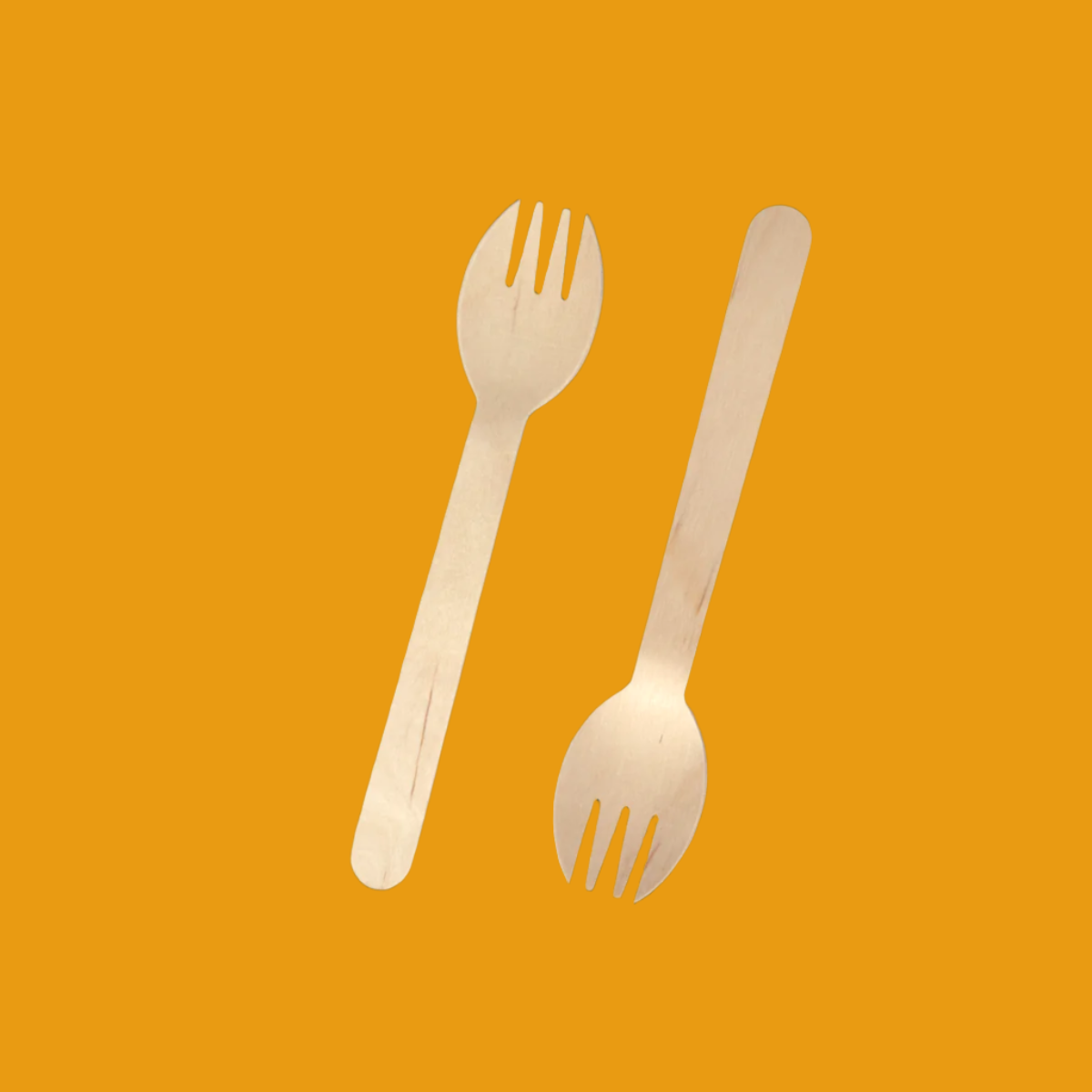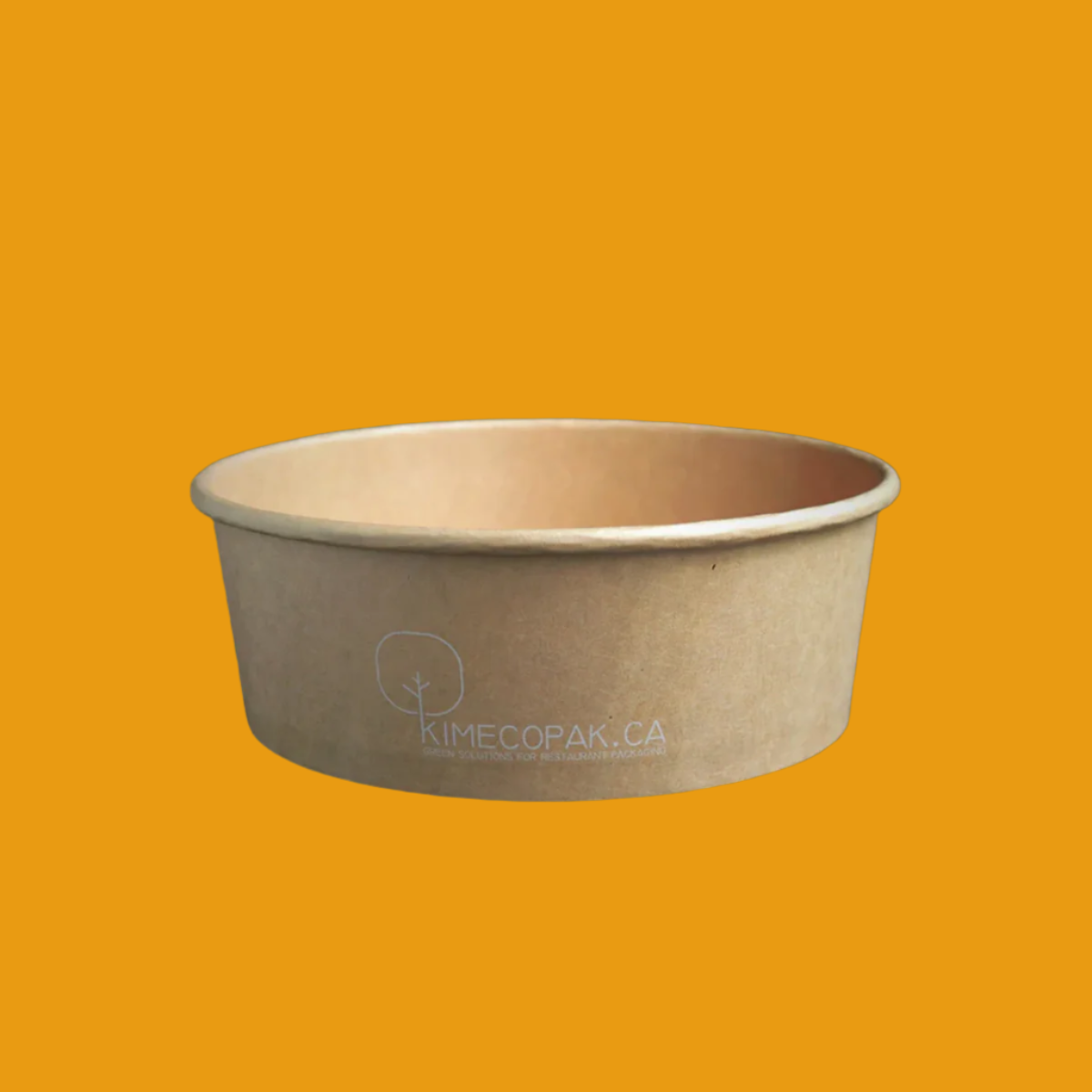In the bustling world of professional kitchens, the line cook plays a vital role in ensuring the smooth operation of meal preparation and service. They are the backbone of any kitchen, responsible for executing dishes with precision and efficiency. This article will delve into the role of a line cook, what it's like to work on the line, and the skills and training necessary for success in this demanding position.
What Is a Line Cook?
A line cook, also known as a station cook or chef de partie, is responsible for preparing and cooking food in a restaurant's kitchen. They work at a specific station along the kitchen's "line," which refers to the various sections designated for different types of food preparation. Line cooks must have a thorough understanding of their station's requirements and be able to produce dishes quickly and consistently.

What Is the Line?
The "line" in a kitchen refers to the arrangement of stations where different parts of a meal are prepared. These stations can include the grill, sauté, fry, salad, and dessert areas, among others. Each line cook is assigned to a specific station and must work seamlessly with other cooks to ensure that all components of a dish are ready at the same time.
What’s It Like to Work on the Line?
Working on the line is fast-paced, intense, and requires excellent coordination and communication skills. Line cooks must be able to handle pressure, multitask, and maintain a high level of accuracy and consistency in their cooking. The environment is often hot, noisy, and demanding, but for those who thrive in such settings, it can also be incredibly rewarding.
Line Cook Duties
Before Service
- Prep Work: Prepare ingredients, including chopping vegetables, marinating meats, and portioning sauces.
- Station Setup: Ensure that all necessary tools, utensils, and ingredients are organized and accessible.
- Quality Control: Check the freshness and quality of ingredients before use.
During Service
- Cooking: Execute dishes according to the restaurant's recipes and standards.
- Coordination: Work closely with other line cooks to ensure all components of a dish are ready simultaneously.
- Plating: Present dishes attractively and ensure they meet quality standards.
After Service
- Cleanup: Put ingredients back in the right location. Clean and sanitize the workstation and equipment.
- Inventory Management: Take stock of ingredients and supplies, and inform the chef of any shortages.
- Prep for Next Service: Begin preparations for the next shift, including prepping ingredients and organizing the station.

Receiving Days
- Inventory Check: Verify deliveries against orders to ensure accuracy.
- Storage: Properly store ingredients to maintain freshness and prevent spoilage.
- Quality Inspection: Inspect ingredients for quality and report any issues to the chef.
How to Become a Line Cook
Practice Cooking at Home
- Start in Your Own Kitchen: Begin by cooking a variety of dishes at home to build your foundational skills. Experiment with different cuisines, techniques, and ingredients to expand your culinary knowledge.
- Learn Basic Techniques: Focus on mastering basic cooking techniques such as chopping, sautéing, grilling, and baking. Understanding these fundamentals is crucial for any aspiring line cook.
- Follow Recipes: Practice following recipes to learn how to accurately measure ingredients, follow step-by-step instructions, and understand flavor profiles.
- Create Your Own Dishes: Challenge yourself to create your own recipes. This will help you develop creativity and an understanding of how different ingredients work together.
Pursue Culinary Arts Training
- Enroll in a Culinary School: Consider enrolling in a culinary school or a culinary arts program. These programs provide structured training and teach essential skills needed for a professional kitchen.
- Take Short Courses: If full-time culinary school isn't feasible, look for short courses or workshops on specific cooking techniques or cuisines. These can provide valuable hands-on experience.
- Online Resources: Utilize online cooking classes, tutorials, and culinary resources. Many reputable chefs and culinary institutions offer online courses that can enhance your skills.
Seek Out Apprenticeships or Internships
- Find Apprenticeships: Look for apprenticeship opportunities at local restaurants, hotels, or catering companies. Apprenticeships offer hands-on experience and mentorship from experienced chefs.
- Intern at Restaurants: Apply for internships or entry-level positions at restaurants. This on-the-job training allows you to learn directly from professional chefs and gain practical experience in a real kitchen environment.
- Volunteer: Offer to volunteer in kitchens, especially at events or busy establishments. Volunteering can provide valuable experience and networking opportunities within the industry.
- Network: Build relationships with chefs, culinary professionals, and industry insiders. Networking can lead to job opportunities and valuable advice on advancing your career.
How to Train a Line Cook
Training a line cook involves hands-on experience and mentorship. New cooks typically start by observing experienced cooks and gradually taking on more responsibilities. Key aspects of training include:
- Skill Development: Teaching proper cooking techniques and methods.
- Station Familiarization: Ensuring the cook understands the requirements and workflow of each station.
- Efficiency: Emphasizing the importance of speed and accuracy in a high-pressure environment.
- Sanitation and Safety: Training on proper hygiene, food safety, and kitchen safety protocols.
What Makes a Great Line Cook?
A great line cook possesses several key qualities:
- Attention to Detail: Ensures dishes are prepared accurately and to the highest standards.
- Speed and Efficiency: Can work quickly without sacrificing quality.
- Team Player: Works well with others and communicates effectively.
- Adaptability: Can handle unexpected challenges and adjust as needed.
- Passion for Cooking: Has a genuine interest in food and cooking.
Prep Cook vs Line Cook
Rank
- Prep Cook: Often considered an entry-level position, responsible for basic food preparation tasks. Prep cook prepares the ingredients that the line cook then uses when cooking the meals at the restaurant.
- Line Cook: A more advanced role with greater responsibility, including cooking and plating dishes. More experienced and often higher trained member of kitchen staff than a prep cook. Becoming a line cook may be a next step for prep cooks when advancing in their careers.

Salary
- Prep Cook: Typically earns a lower wage compared to a line cook.
- Line Cook: Higher pay reflecting the increased skill and responsibility required.
Qualifications
- Prep Cook: Requires basic cooking skills and knowledge.
- Line Cook: Requires more advanced culinary skills and experience.
Specialization
- Prep Cook: Focuses on preparation tasks across various stations.
- Line Cook: Specializes in a specific station or type of cuisine.
Conclusion
The role of a line cook is critical in the smooth operation of a restaurant kitchen. It requires a combination of skill, speed, and teamwork to execute dishes flawlessly. By understanding the duties and challenges of working on the line, aspiring cooks can better prepare themselves for a successful career in the culinary industry. Whether starting as a prep cook or jumping straight into the line, the journey to becoming an accomplished line cook is filled with opportunities for growth and learning.









